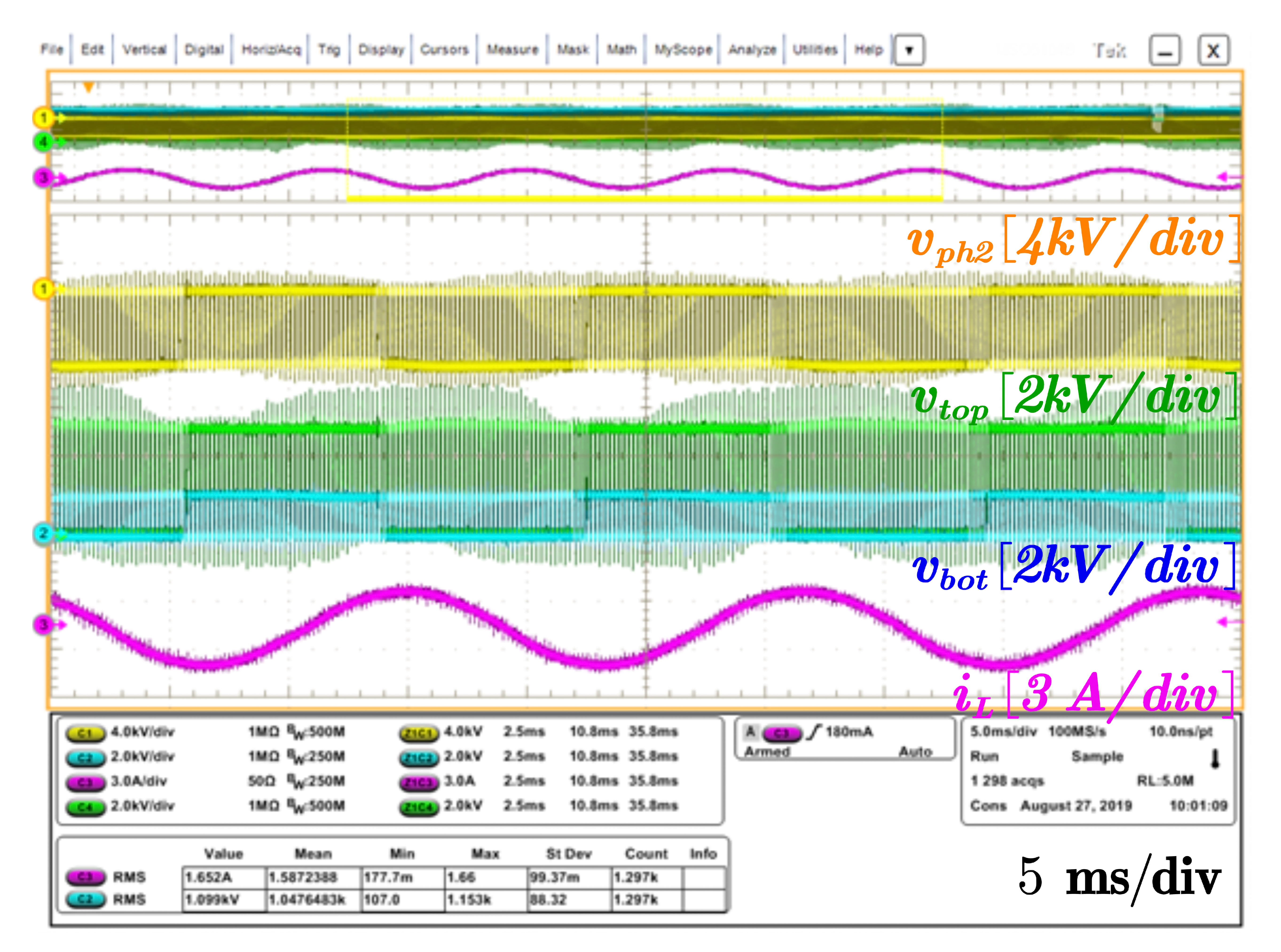LIBRARY
Analysis of Voltage Sharing of Series-Connected SiC MOSFETs and Body-Diodes

The gate parasitic capacitor will result in an extra gate current and affect the turn-off miller plateau during the transient. The analysis indicates that the voltage difference will be increased with a higher gate resistor or higher turn- off current. As shown in Fig. 1, voltage sharing of series- connected 10 kV SiC MOSFETs with different gate resistors is measured to verify the analysis.
On the other hand, the analysis also investigates the impact of drain/source parasitic capacitors on voltage sharing under different conditions. The analysis shows that the drain/source parasitic capacitor has a similar impact on voltage sharing of both MOSFETs and body-diodes. Fig. 2 shows the voltage sharing of series-connected 10 kV SiC MOSFETs under ac load current condition. The voltage sharing during the body-diode period is similar to the MOSFET period, which also verifies the analysis.























































































